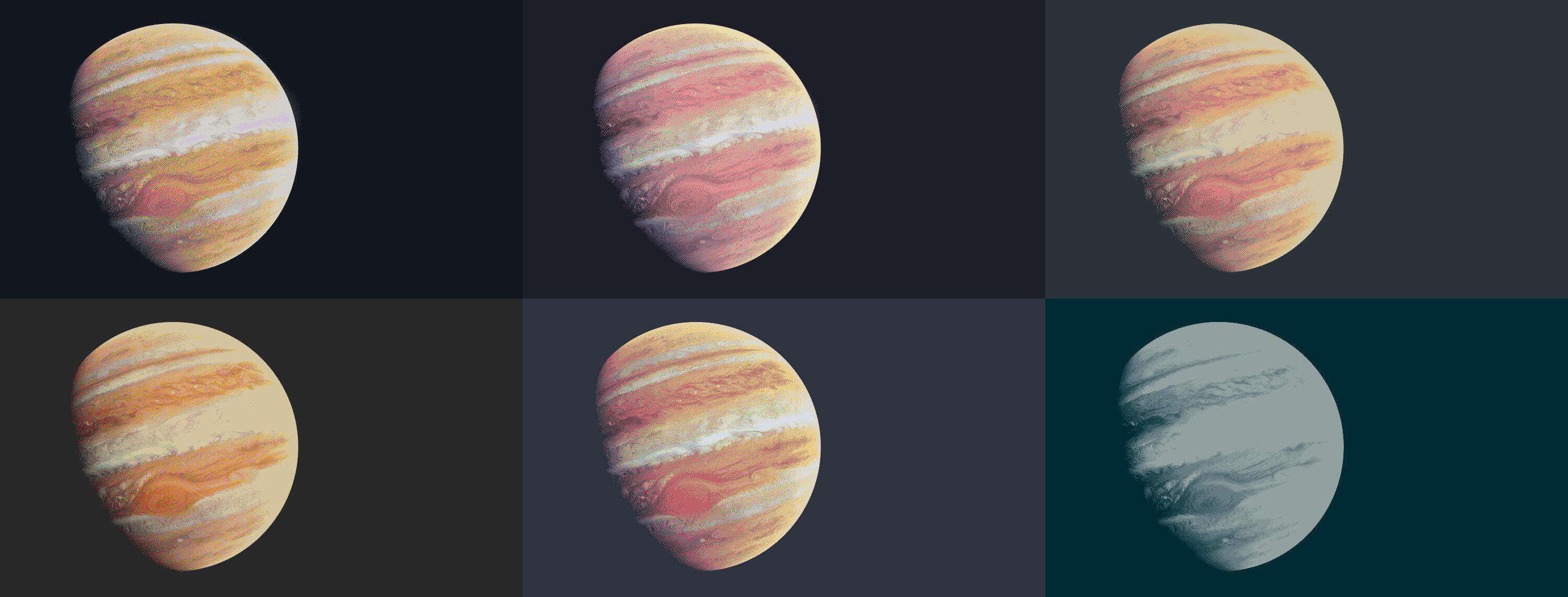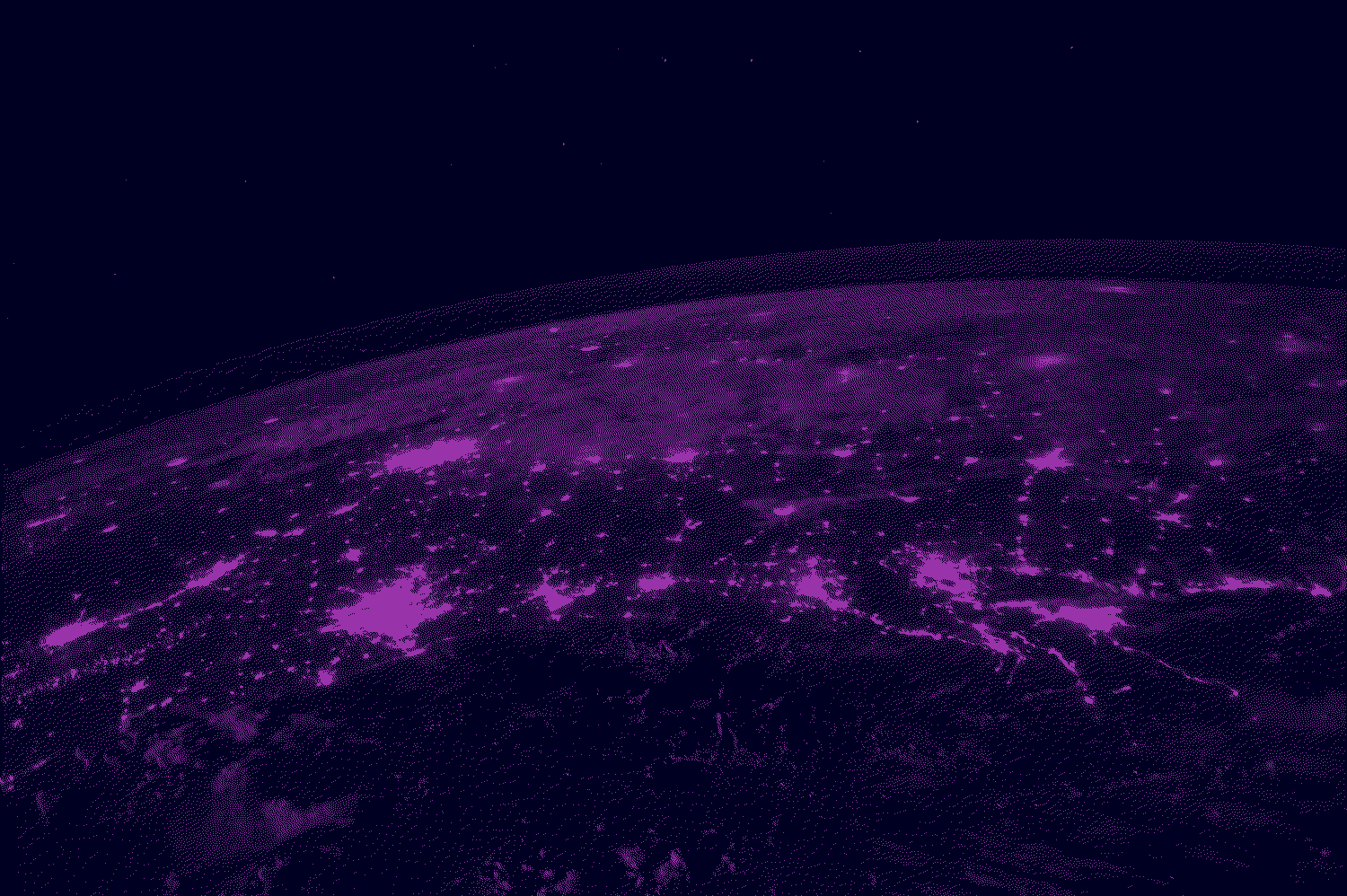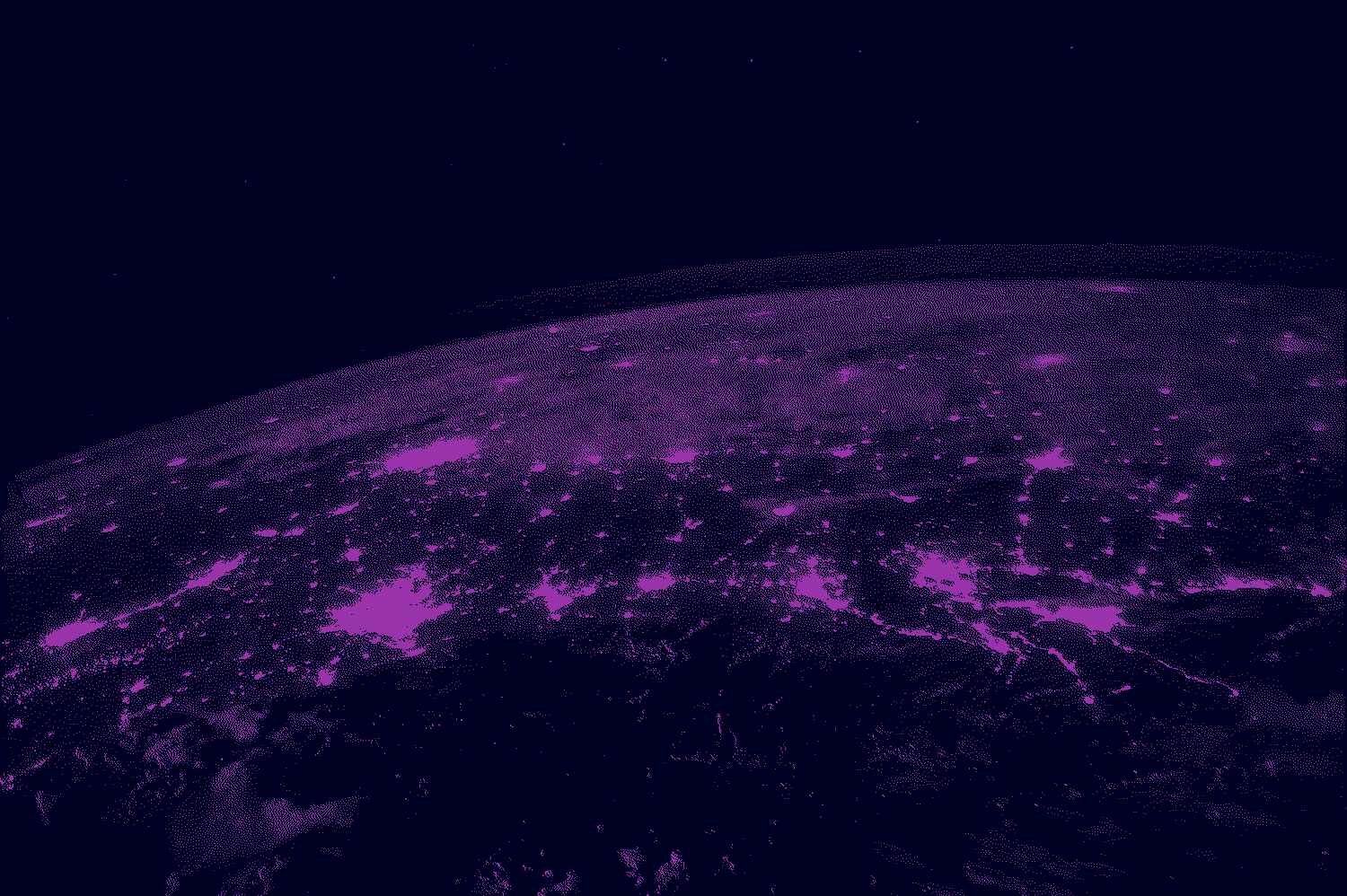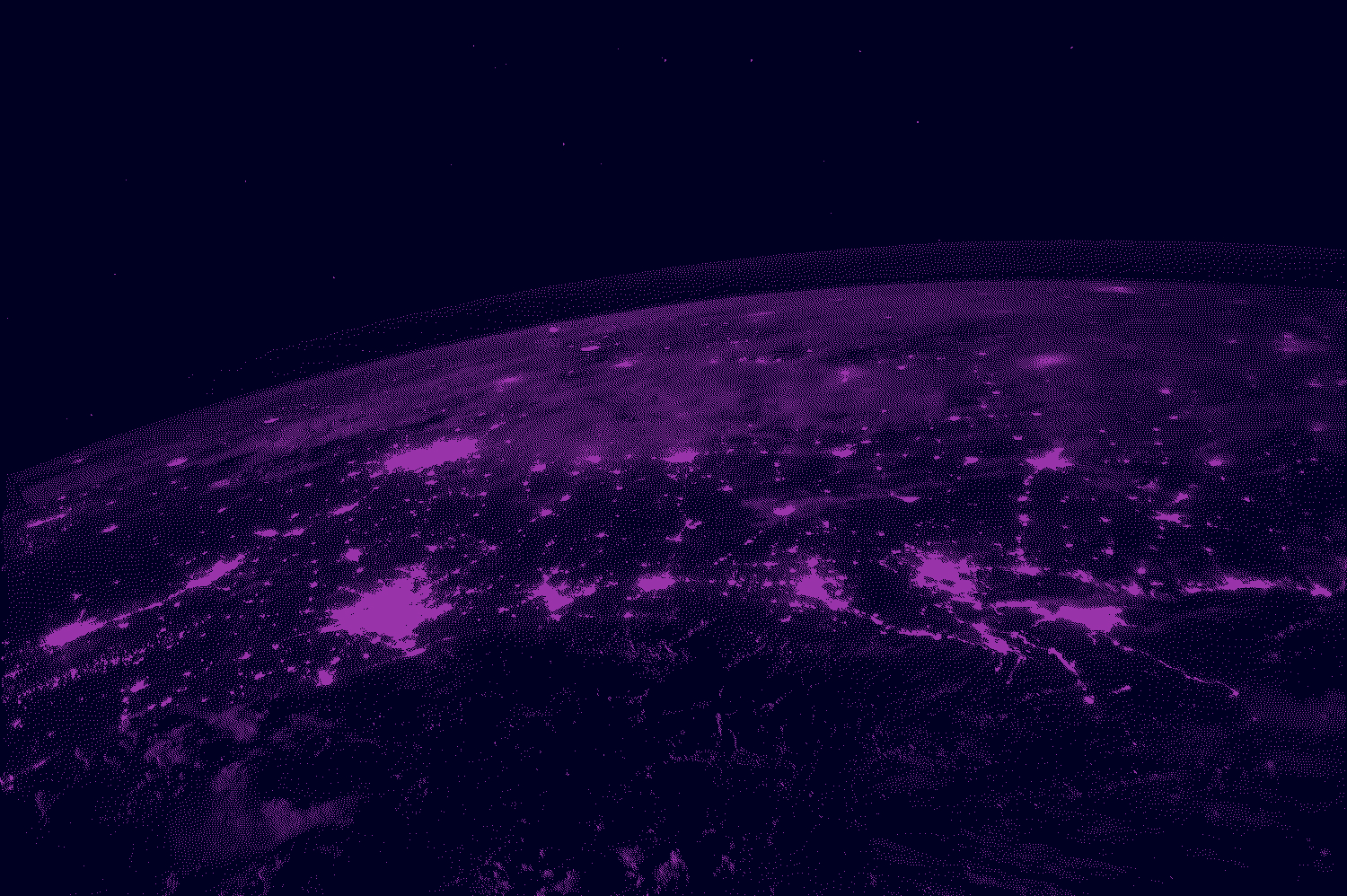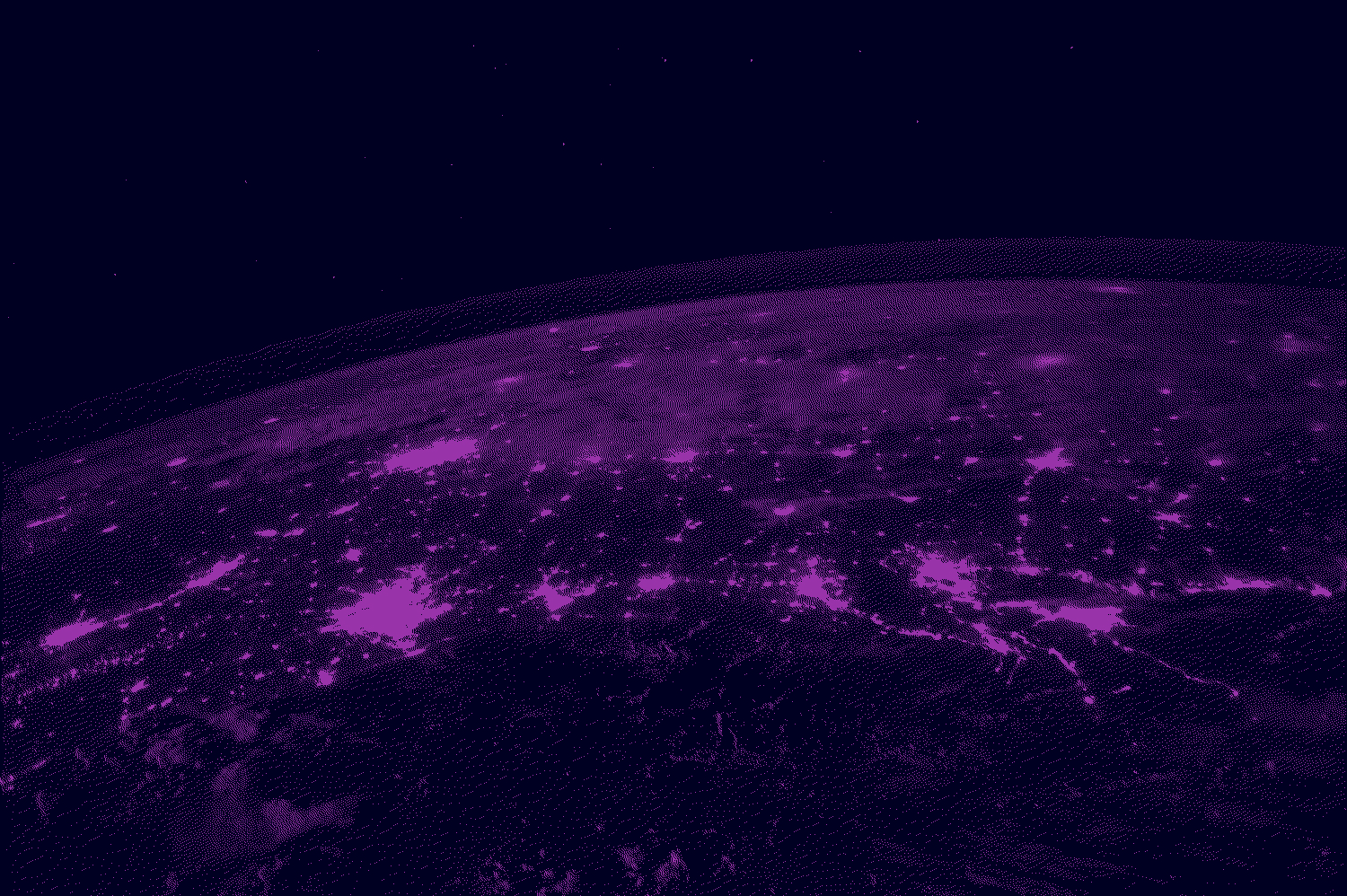imgclr modifies images to fit a given colour palette.
Dual-licensed under GPL-3.0 or MIT. To get imgclr,
download the latest release or follow the
compilation instructions.
imgclr:
- Quantises images, changing their palette
- Supports JPG, PNG, and other formats
- Supports dithering
- Can invert image brightness while preserving colour (converting dark images to light and vice versa)
| Input | Result (dithered) |
|---|---|
 |
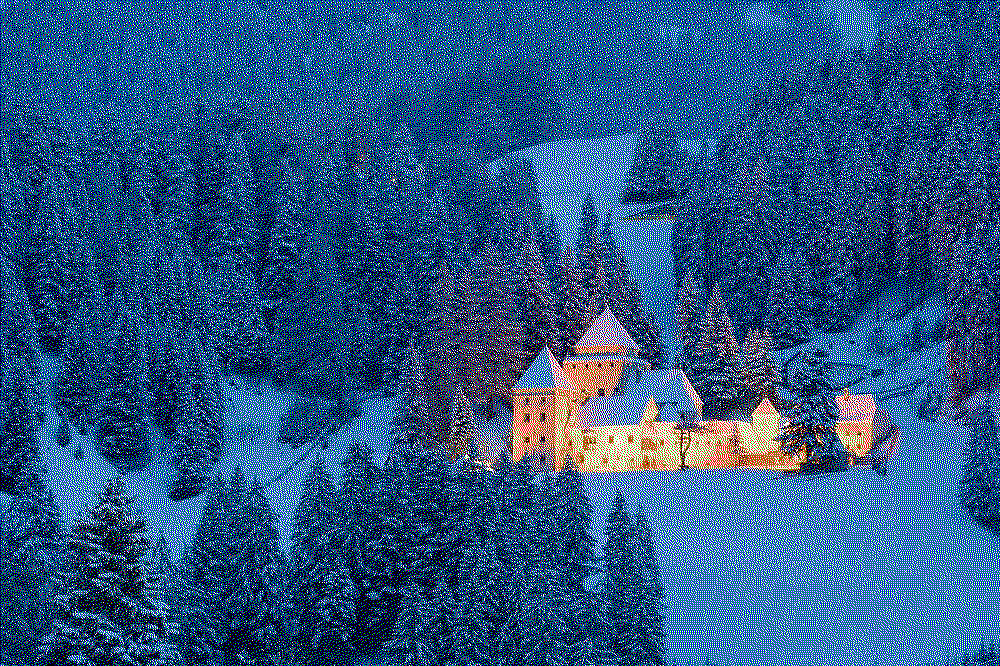 |
Dithering can increase the perceived colour fidelity of a limited palette.
| Input | Result (simple): each pixel either black or white | Result (dithered): each pixel either black or white |
|---|---|---|
 |
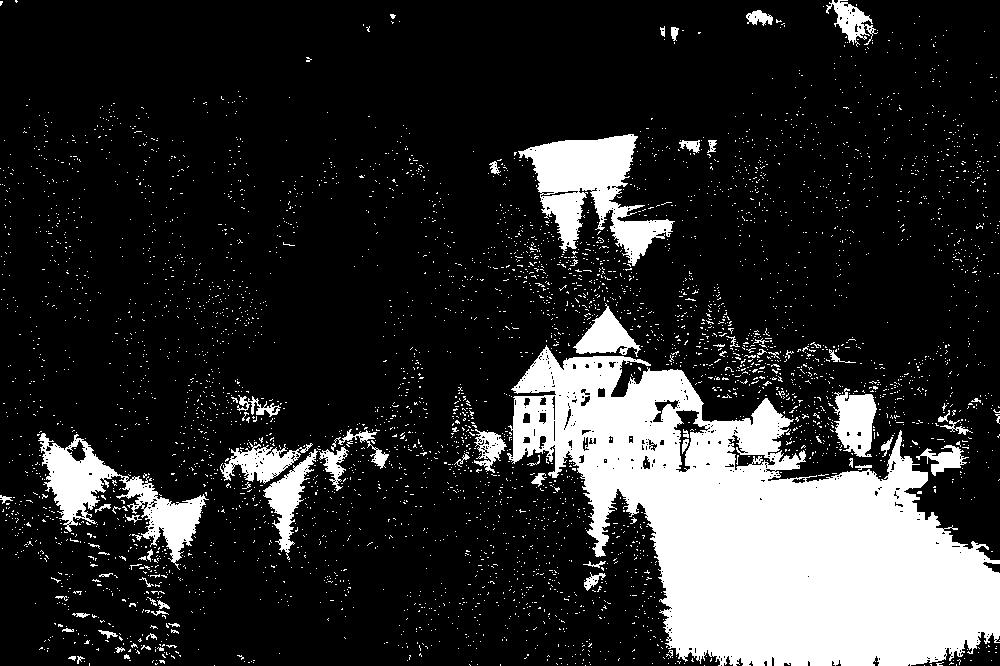 |
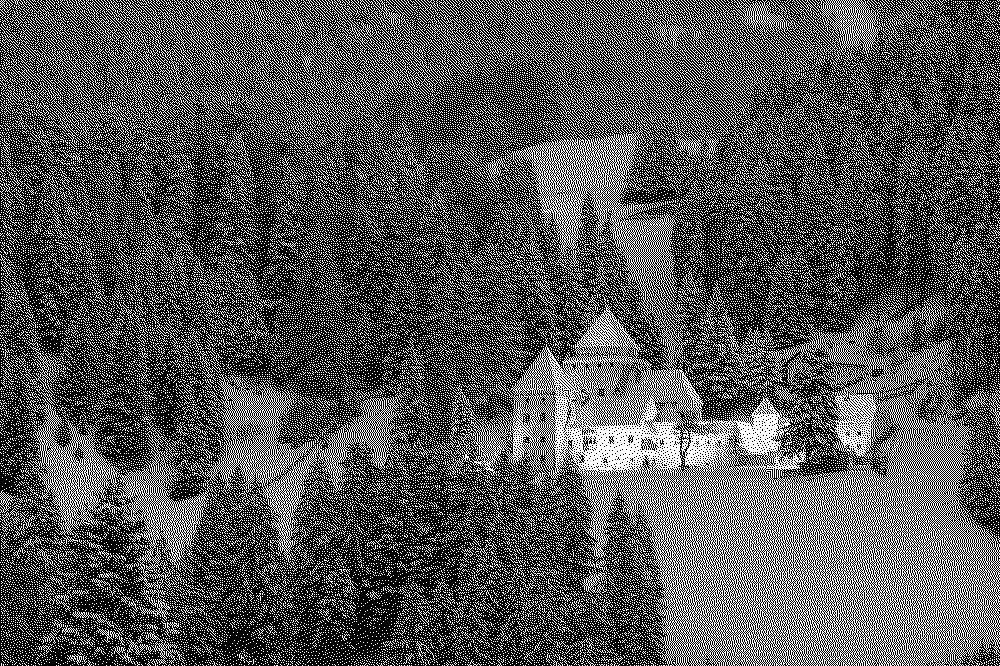 |
With dithering disabled, imgclr naively
quantises the
image. Disable dithering by passing --dither none:
imgclr input.jpg output.jpg --palette 000 fff f00 0f0 00f --dither none| Input | Result |
|---|---|
 |
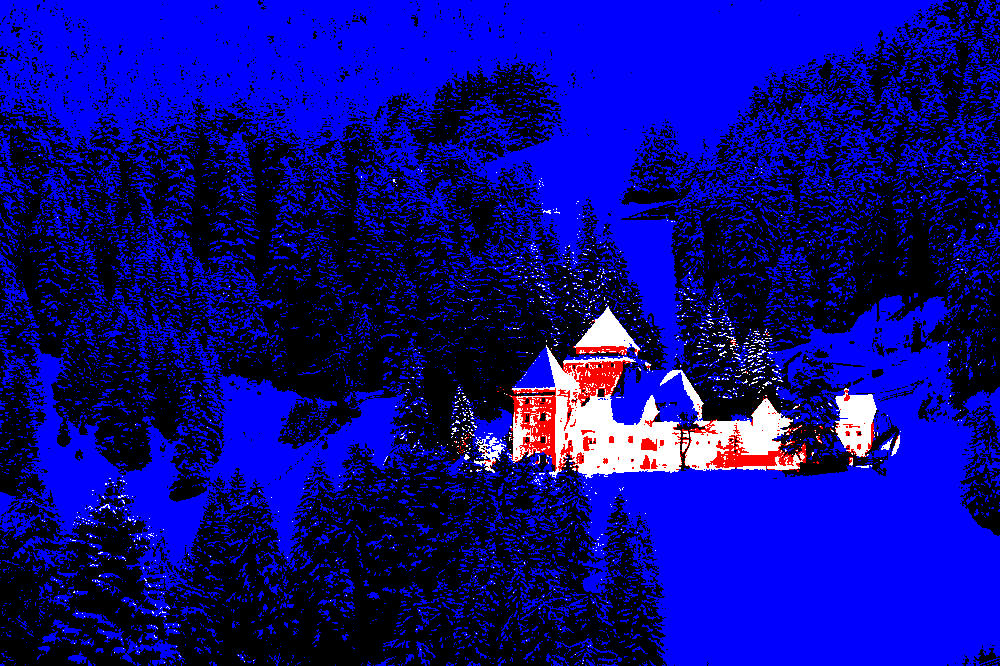 |
Dithering is enabled by default (specifically, the Floyd-Steinberg algorithm). Disabling dithering or using other algorithms may yield very different results.
-
Floyd-Steinberg (
--dither floyd-steinberg) -
Atkinson (
--dither atkinson) -
Jarvis-Judice-Ninke (
--dither jjn) -
Burkes (
--dither burkes) -
Sierra Lite (
--dither sierra-lite)
The --invert flag inverts luminance whilst preserving hue and saturation
before quantisation. An example with the
tokyonight colour scheme:
| Input | Processed normally (no dithering) | Processed after luma inversion (no dithering) |
|---|---|---|
 |
 |
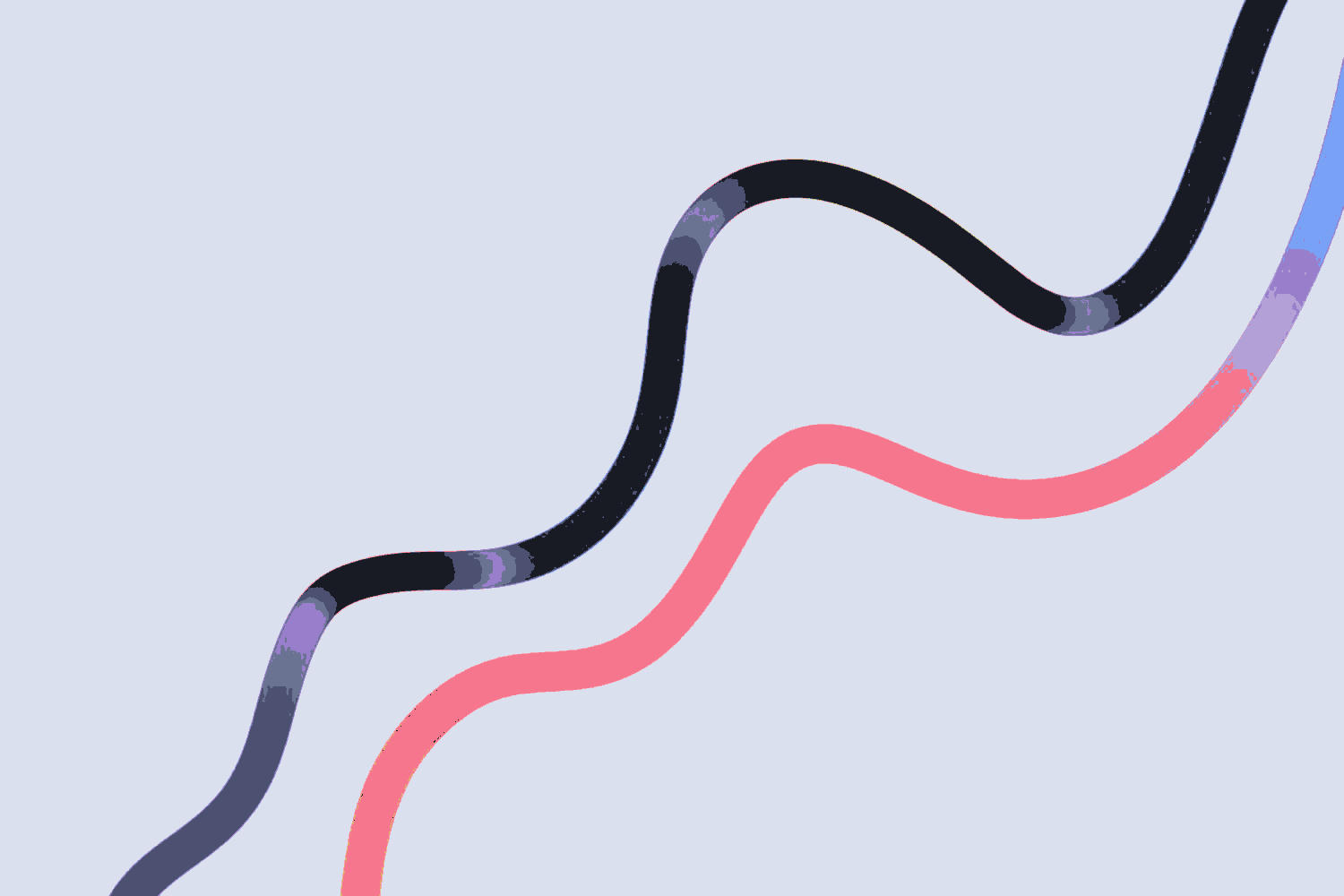 |
imgclr <input file> <output file> <palette...> [options]
Options:
--dither <algorithm>
Specify dithering algorithm - one of:
'floyd-steinberg' (default), 'none', 'atkinson', 'jjn',
'burkes', 'sierra-lite'
--invert
Invert the image's luminance
--palette <hex>...
Specify palette - at least two (2) space-separated hex colours
-h, --help
Print this help and exit
--version
Print version information and exit
Using a C99 compiler, build src/main.c, linking the math library. For
example:
cc src/main.c -O3 -s -lm -o ./imgclrimgclr is licensed under the terms of the MIT License, or alternatively under the terms of the General Public License (GPL) Version 3. You may use imgclr according to either of these licences as is most appropriate for your project on a case-by-case basis.
The terms of each licence can be found in the root directory of the imgclr source repository:
- MIT Licence: LICENSE-MIT
- GPL3 Licence: LICENSE-GPL3
SPDX-License-Identifier: MIT OR GPL-3.0-or-later
